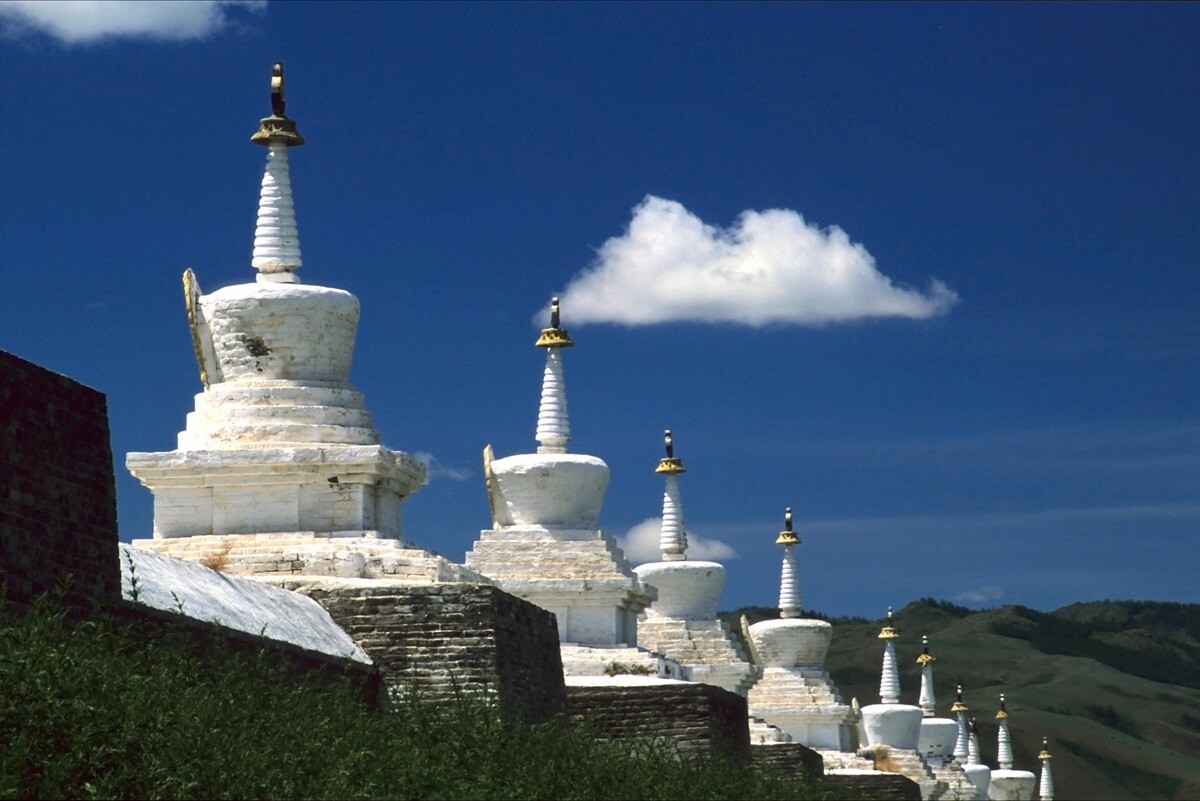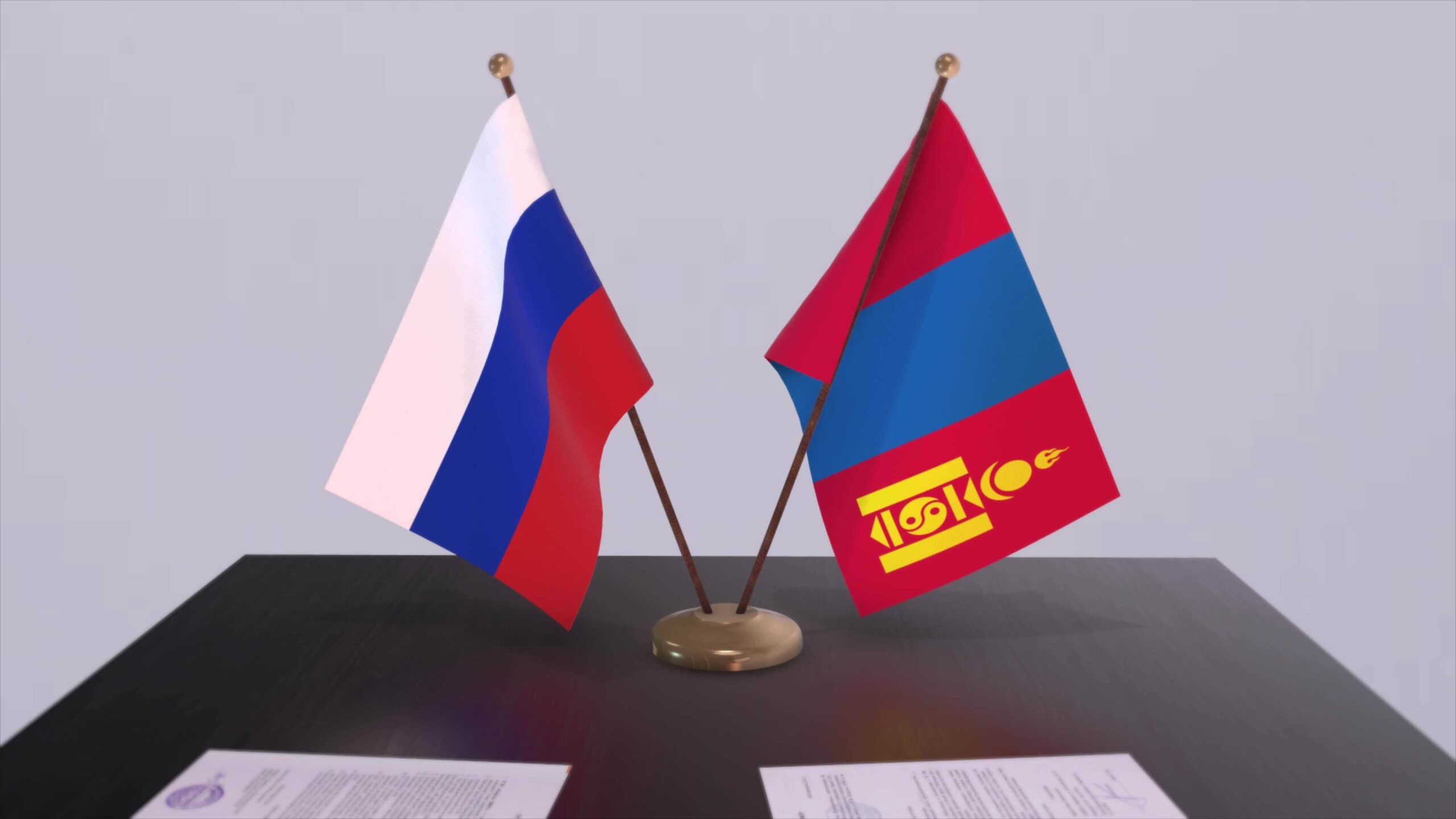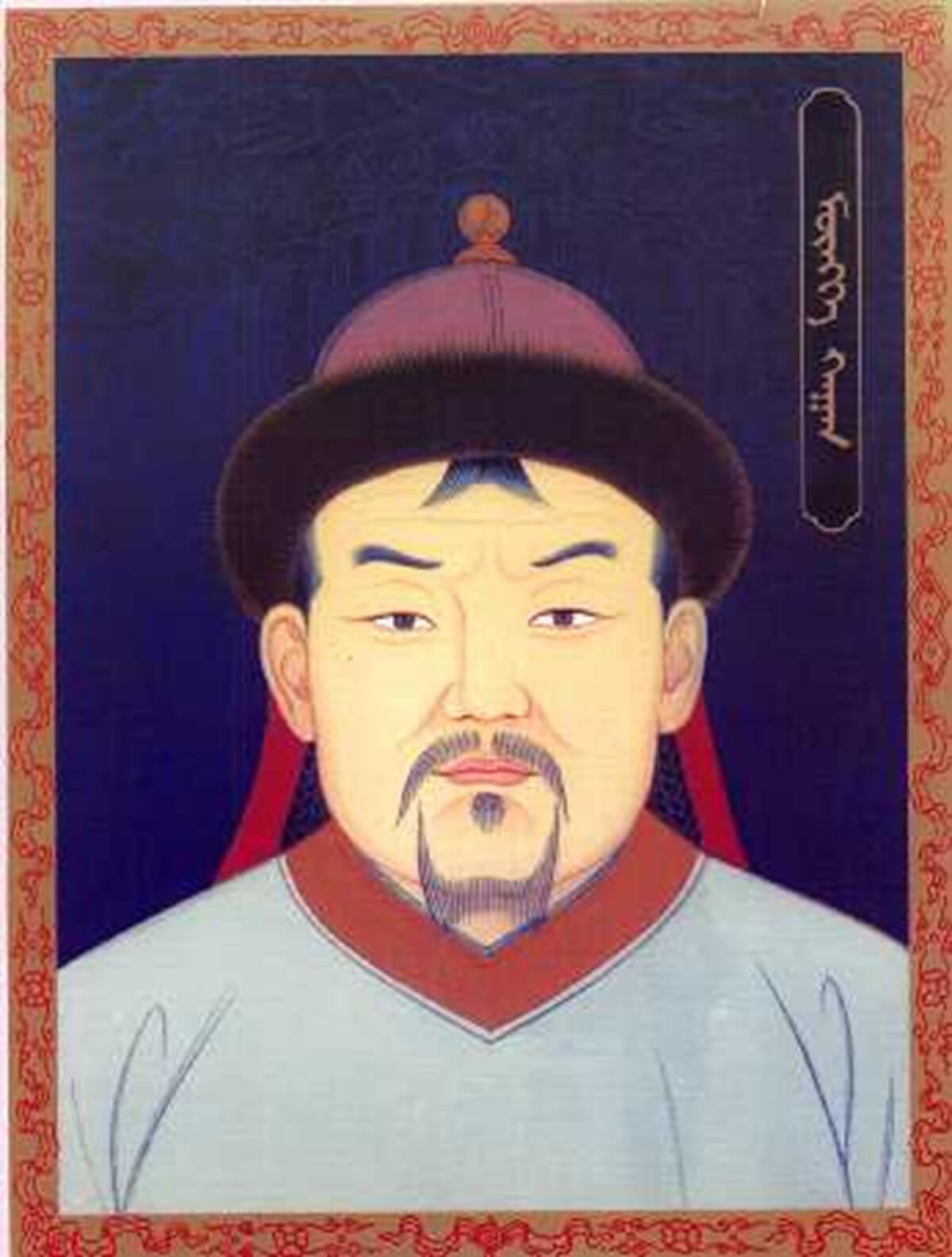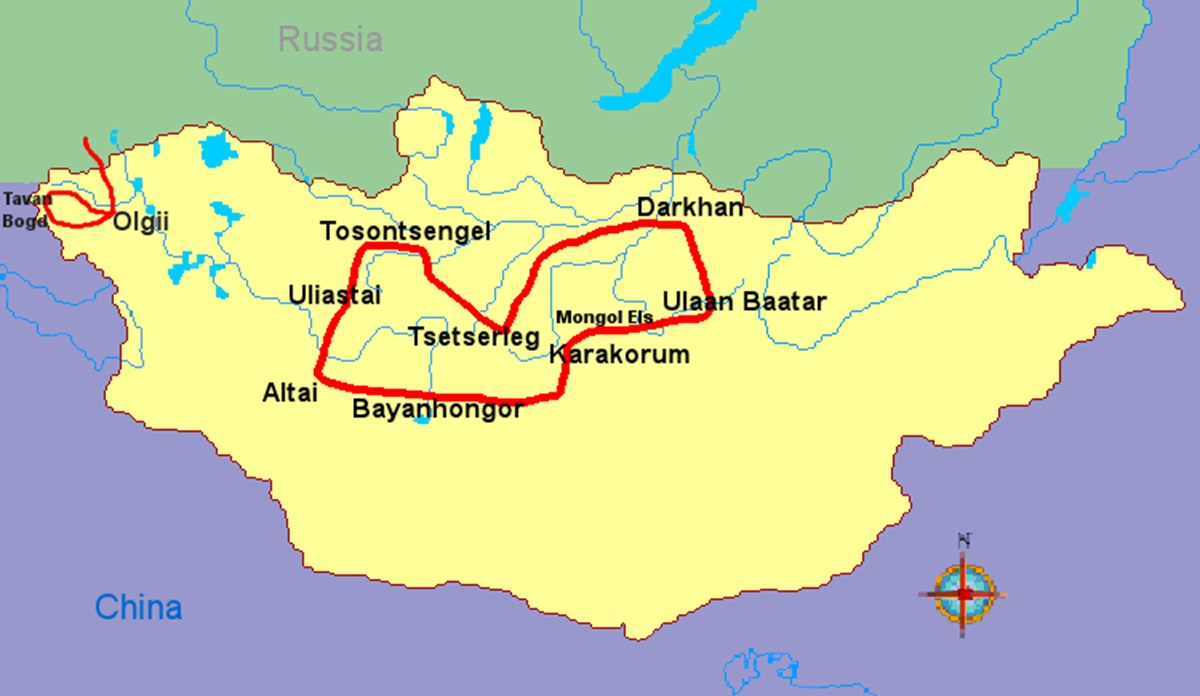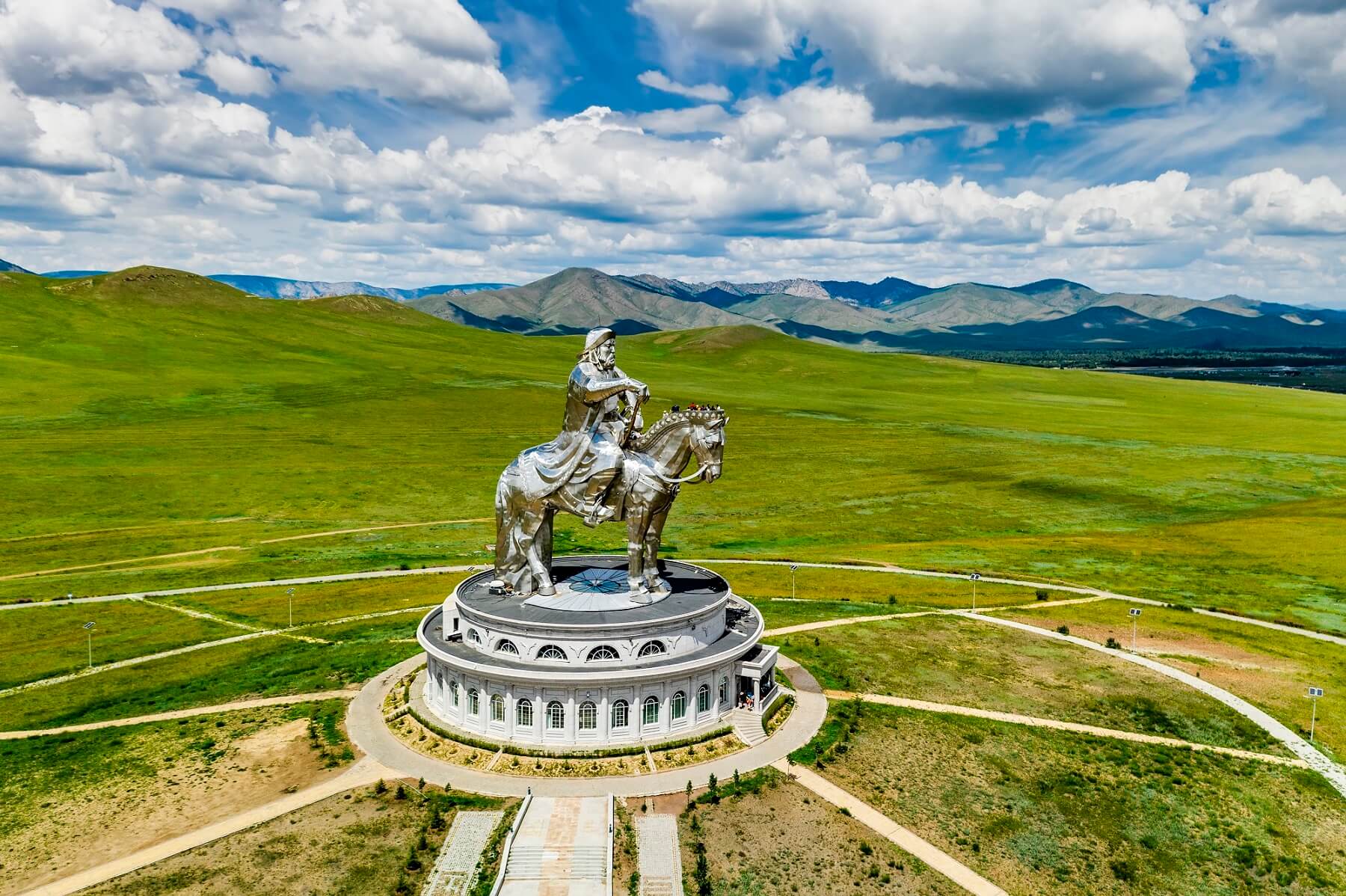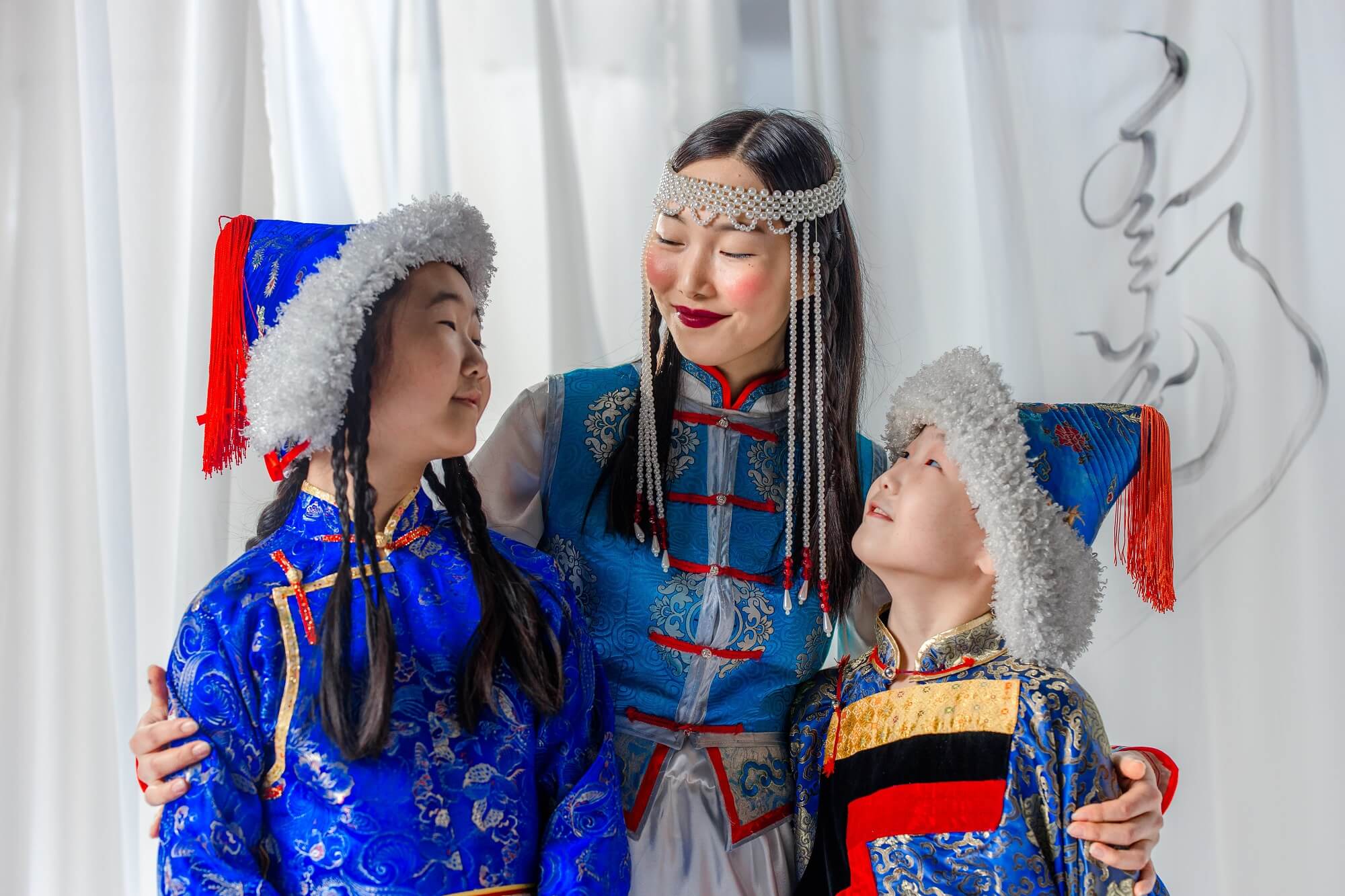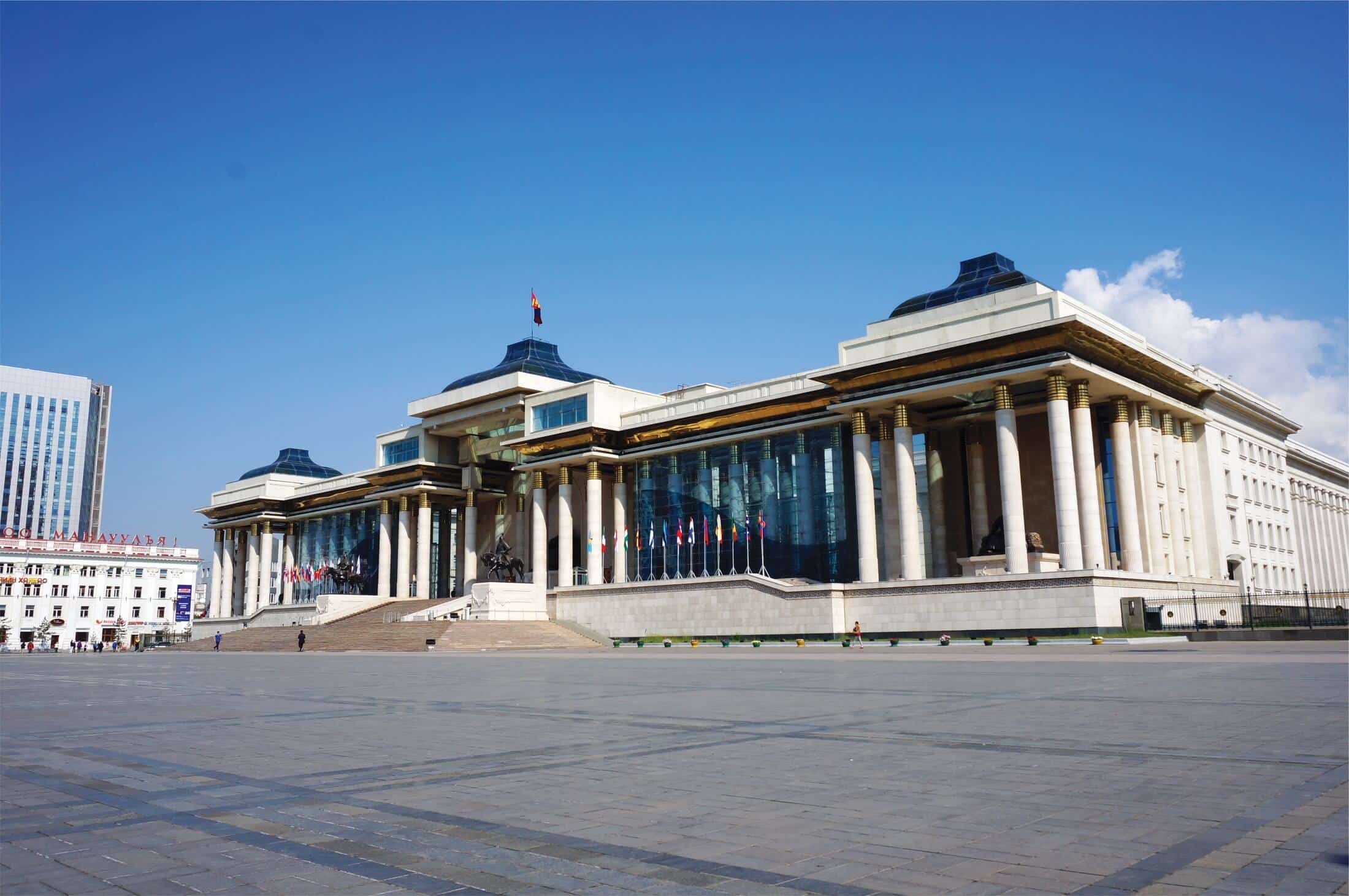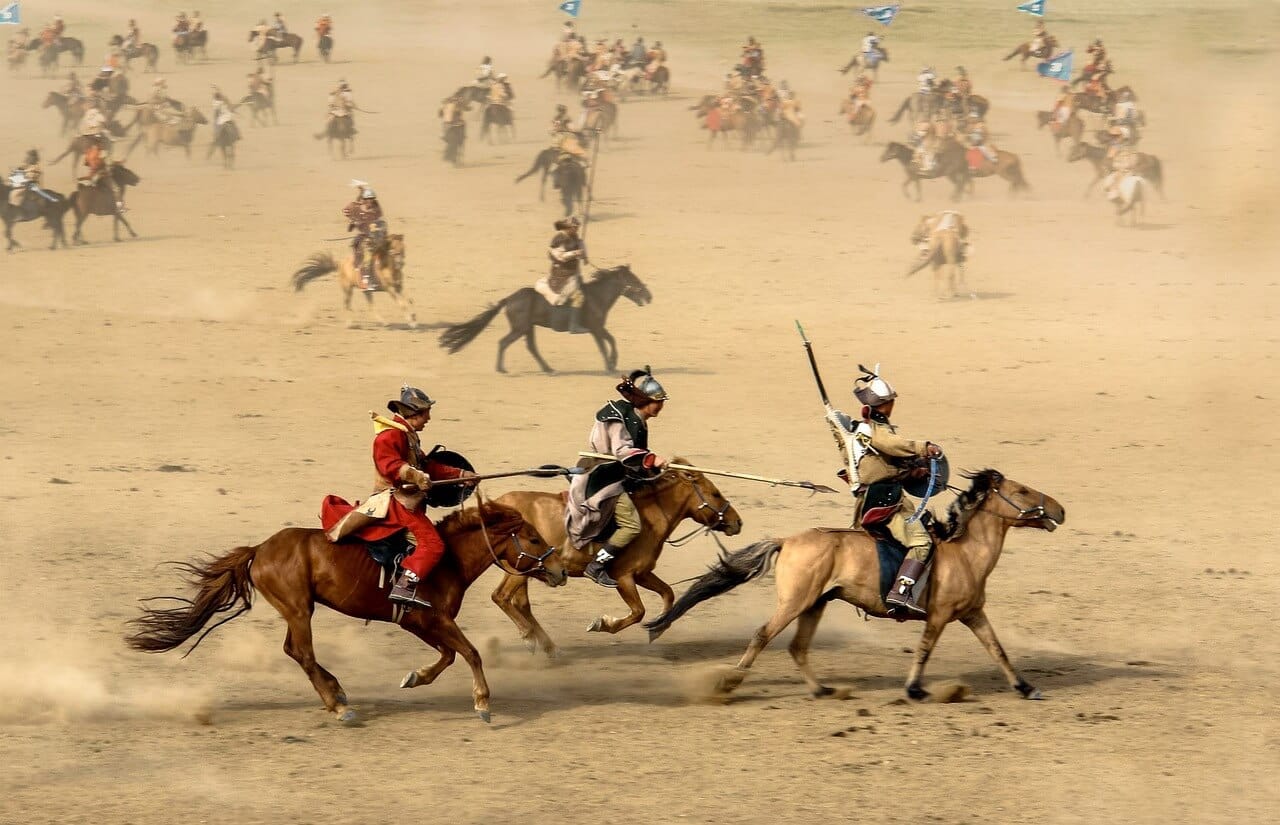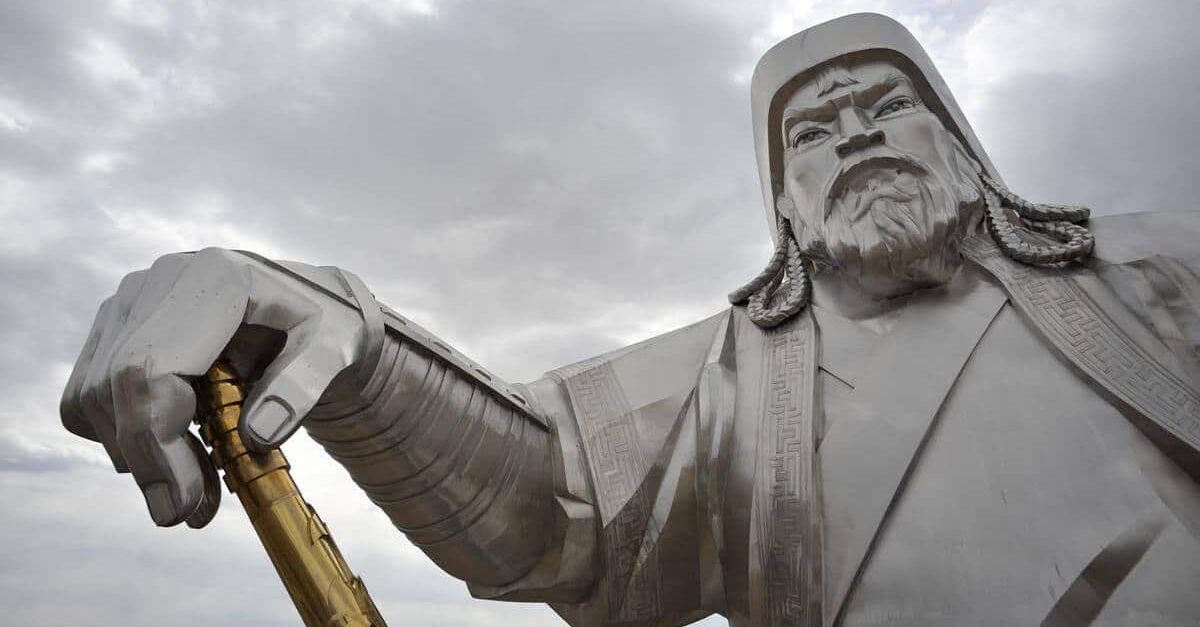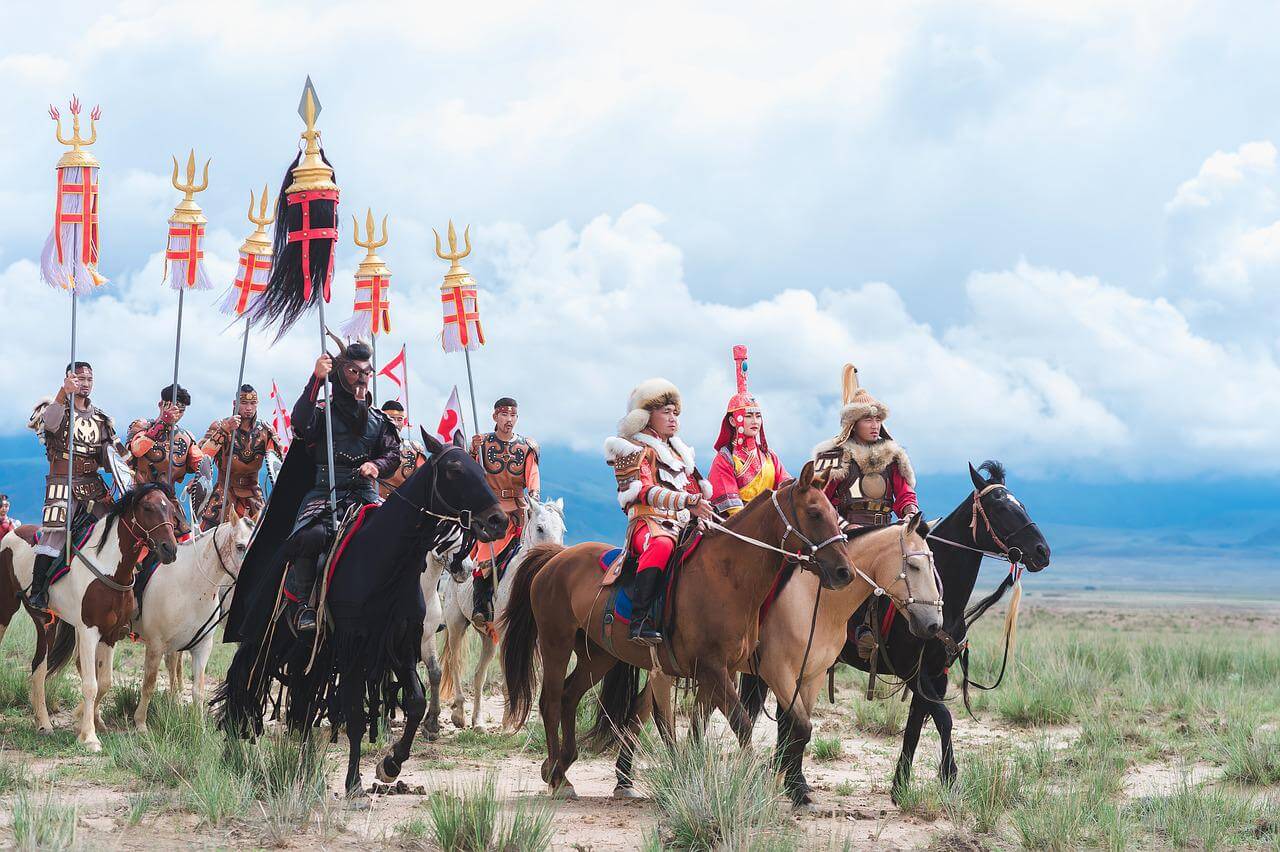“The Secret History of the Mongols” is considered to be the first written monument of Mongolian culture. An official state history created by Mongolian people in Mongolian script.
The Secret History of the Mongols tells the story from the origin of the Mongols to the end of Genghis Khan’s life and Ogedei’s accession to the throne. There are 12 chapters in total:
- Temujin’s origin and childhood
- Age of Chinggis
- Mergid was killed and Temujin was elevated to the title of Genghis Khan
- Struggle with Jamuha and Thais
- Killing Tatars and breaking with Wang Khan
- The destruction of the Hareid state
- The death of Wang Han
- The escape of Huchlu and the suppression of Jamuh
- The creation of the vice-endowed army
- Occupy of Uighurs and forest people
- Conquest of China, Tangud, Sartuul, Baghdad and Russia
- The death of Genghis and Ogedei becoming king
Its first 10 chapters were written in 1228, the year of the end of Chinggis Khan’s life, and the last 2 chapters were written in 1240, before the death of Ogedei Khan.

How is it written?
Researchers agree that the “Mongolian Secret Bureau” was written in Mongolian script, but the original we have now is a notebook in which Mongolian words are transliterated into Chinese, preserved in the “Four Foreign Script Covers” of the Ming Dynasty.
For example: Ming Dynasty scribes wrote the Mongolian language phonetically in Chinese characters for the purpose of educating translators and teaching elephants, nailed a Chinese translation next to it, and made a general translation at the back of some chapters and called it “Secret History of the Yuan State” and divided it into 12 volumes, “Yunle Khan’s Great Law Book”. and made 15 volumes.
As a result, there are two different versions: 12 volumes or 15 volumes, but the content is the same, consisting of a total of 282 items.
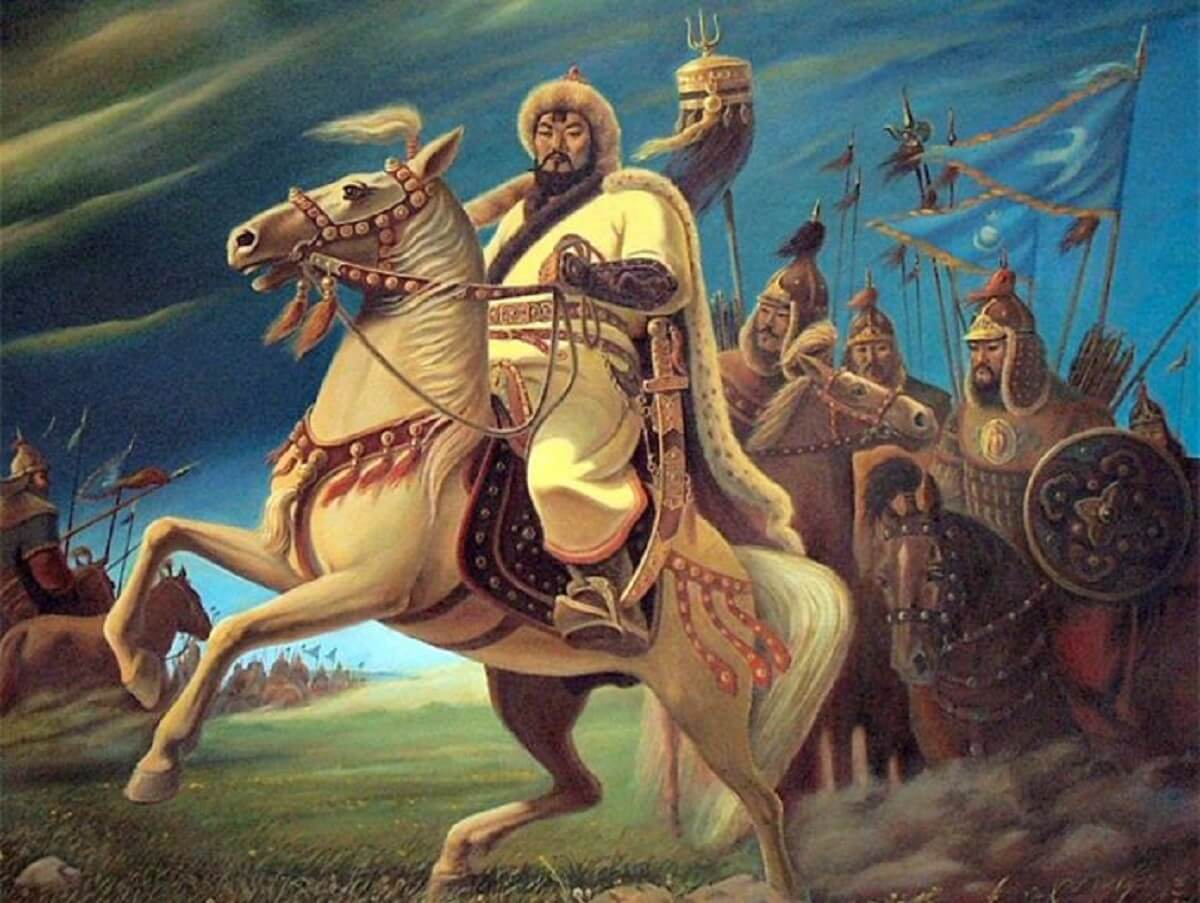
Registered in UNESCO
What we now call “Mongolian Secret Bureau” is the Mongolian translation of the aforementioned “Yuan chao mi shi” or “Secret History of the Yuan State”.
Scientists believe that the name of the story was probably “The Bureau” or “The Golden Bureau”.
The book focuses on the history of Genghis Khan‘s golden offspring, but it is a classic encyclopedic work that includes a wealth of content such as politics, social organization, law enforcement, military affairs, language, literature, religion, customs, and tribes of the ancient Mongols.
In 1989, it was registered as a cultural heritage of UNESCO and was recognized as a valuable cultural heritage of Mongolians as well as nomadic peoples.

In the world
In 2004, the 2nd president of Mongolia, N. Bagabandi, issued a decree and called on all citizens to study and spread the “Mongolian Secret Bureau” with respect.
“Secret Bureau of Mongolia” has been carefully studied by many countries for a long time, and now it has been translated into more than 20 languages, including English, Russian, Japanese, French, German, Hungarian, Czech, Finnish, Australian, American, Chinese, Korean, Turkish, and Spanish.
In addition, many research works of international scientists have been published about him.
In Mongolia
In Mongolia, as early as 1917, Count Tseng translated the “Secret Bureau of Mongolia” into Mongolian and made it available to the public.
In 1947, academician Ts. Damdinsuren translated it into the modern Mongolian language and made it available to all readers.
Since the 90s of the last century, scholars such as B. Sumyaabaatar, D. Tserensodnom, Sh. Gaadamba, Sh. Choimaa, T. Dashtseden, Sh. Bira, and D. Tumartogoo have written many articles explaining the “Secret Bureau of Mongolia” published.

In conclusion
Today, the research of the “Mongolian Secret Bureau” has developed into an independent research field, and academic works are being published on the international level, studying many aspects such as history, politics, language, literature, and religion.
Suggested product:
Related content:



